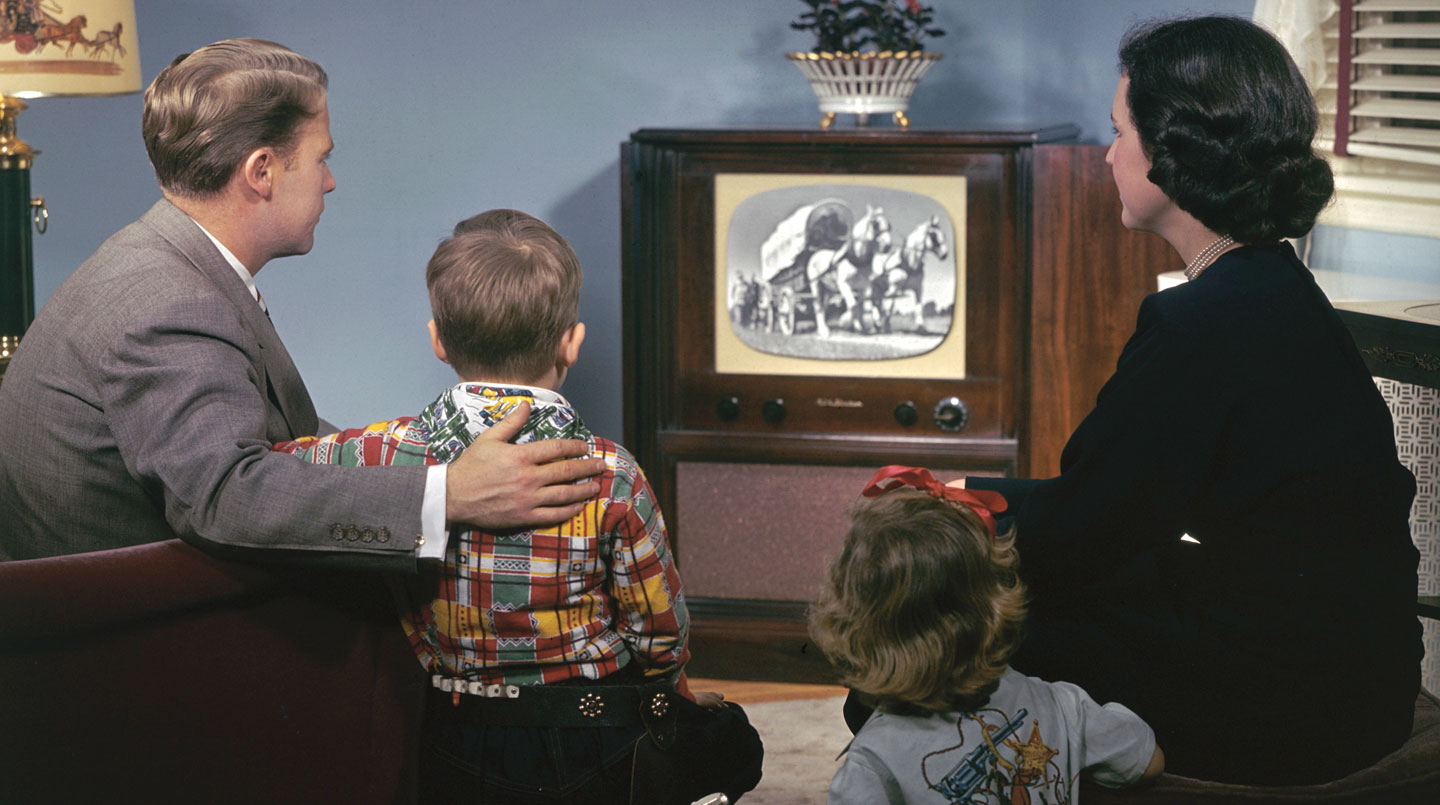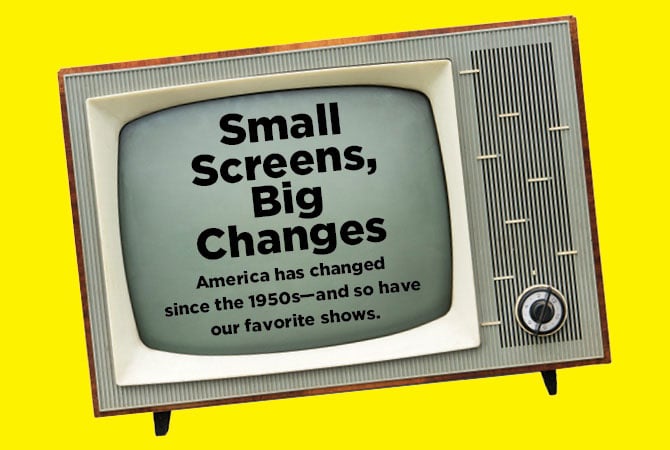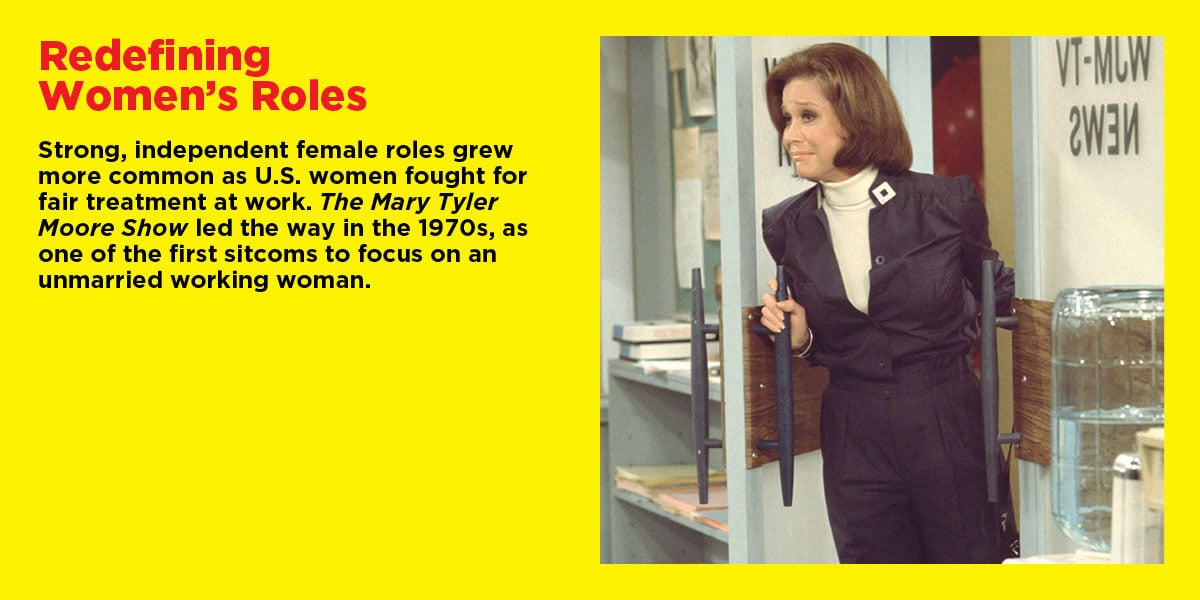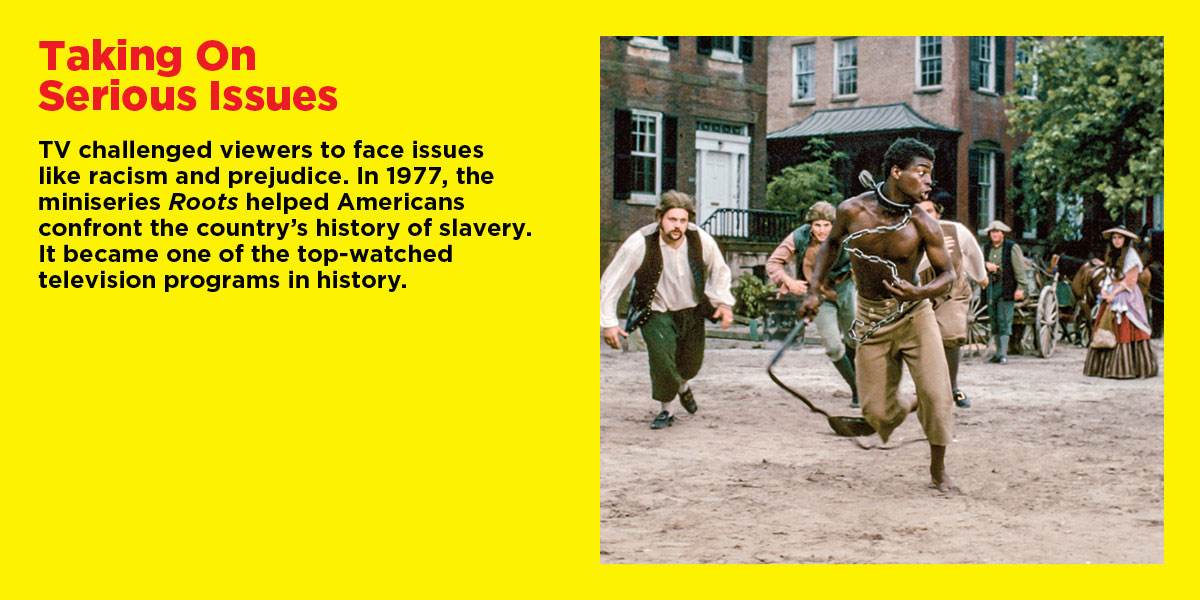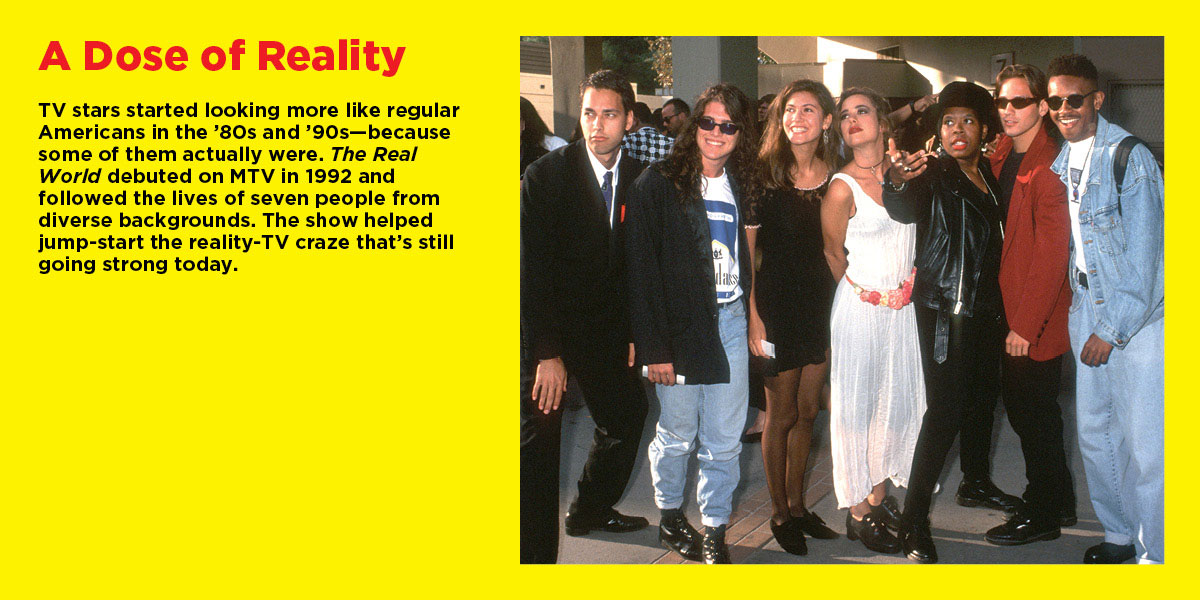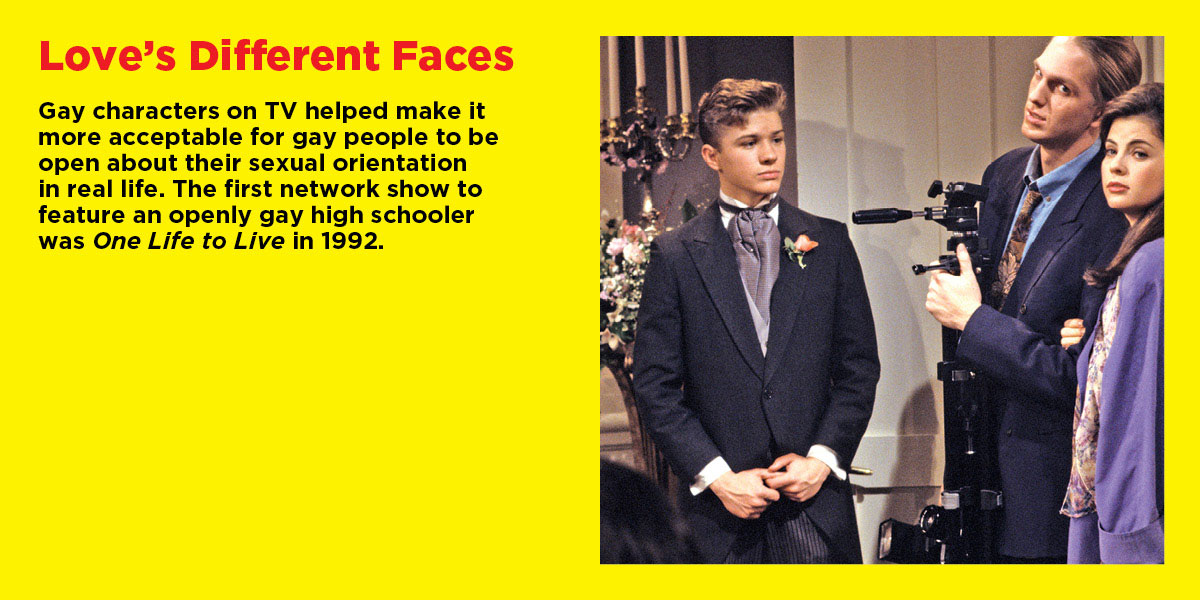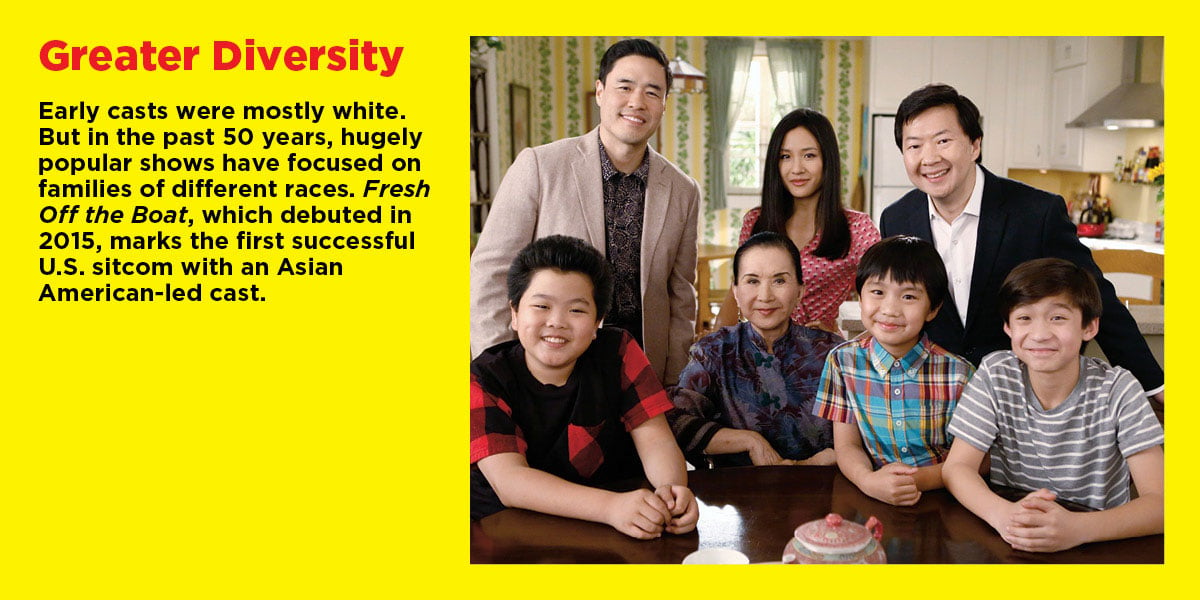It’s Friday night at Ella’s house in New Jersey, and each member of her family is enjoying a show.
Ella, 13, is downstairs studying YouTube baking videos on her iPhone. Her 10-year-old brother, Elijah, is in his room on his laptop, watching the New York Knicks get crushed by the Golden State Warriors. Meanwhile, their parents are upstairs streaming their favorite series on Netflix.
When Ella’s parents were her age, such a scene would have been unimaginable. When they were teenagers, computers sat on desks and were mainly for doing work, and phones were just for talking. If you wanted to watch a show, you had to watch it on a television set—at the time it was being aired. Plus, there were a limited number of shows to choose from.
The stark difference between Ella’s and her parents’ childhood experiences with TV is not surprising. After all, television has changed dramatically since it was first popularized in 1939 at the
“Television had this kind of

